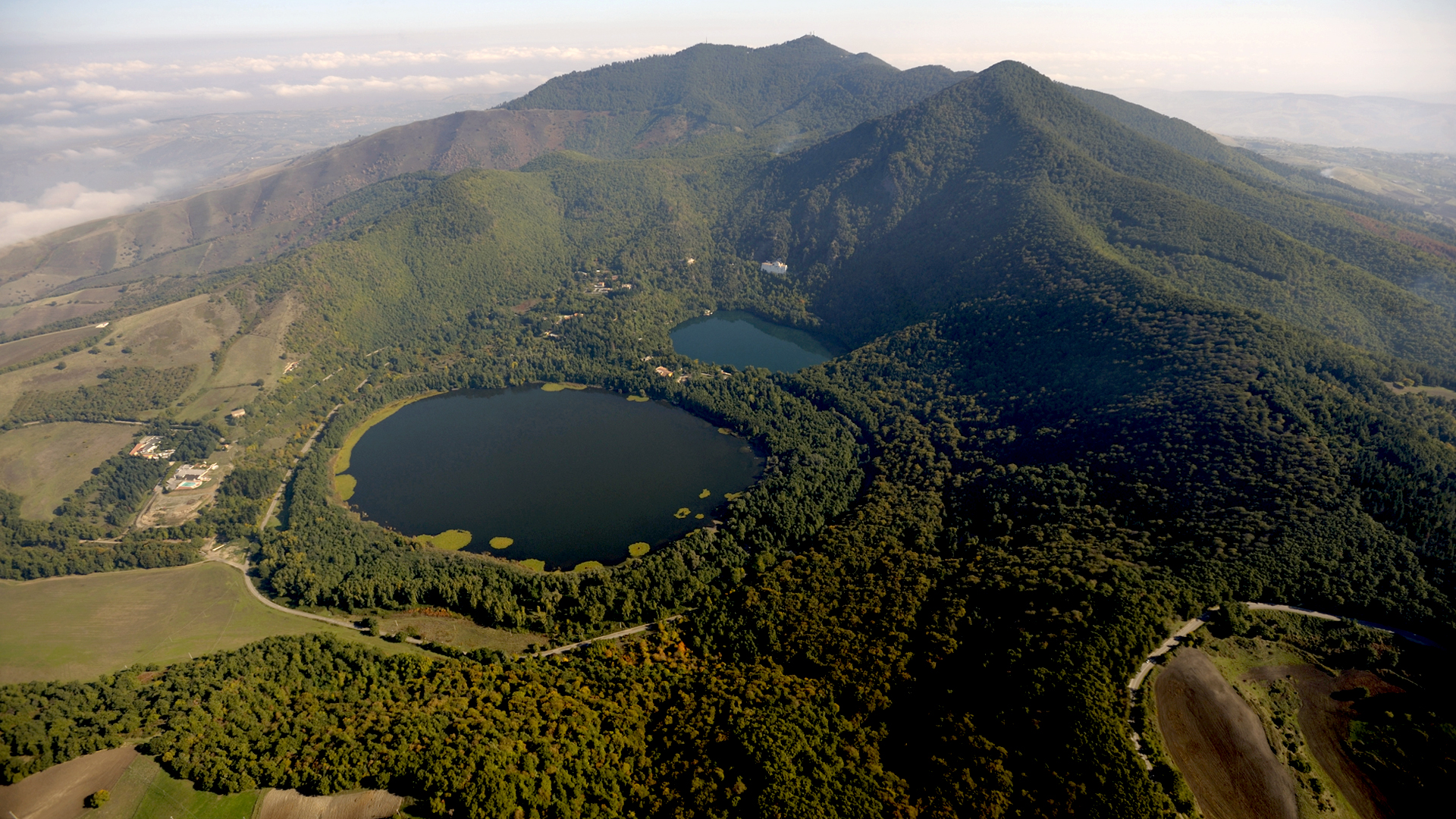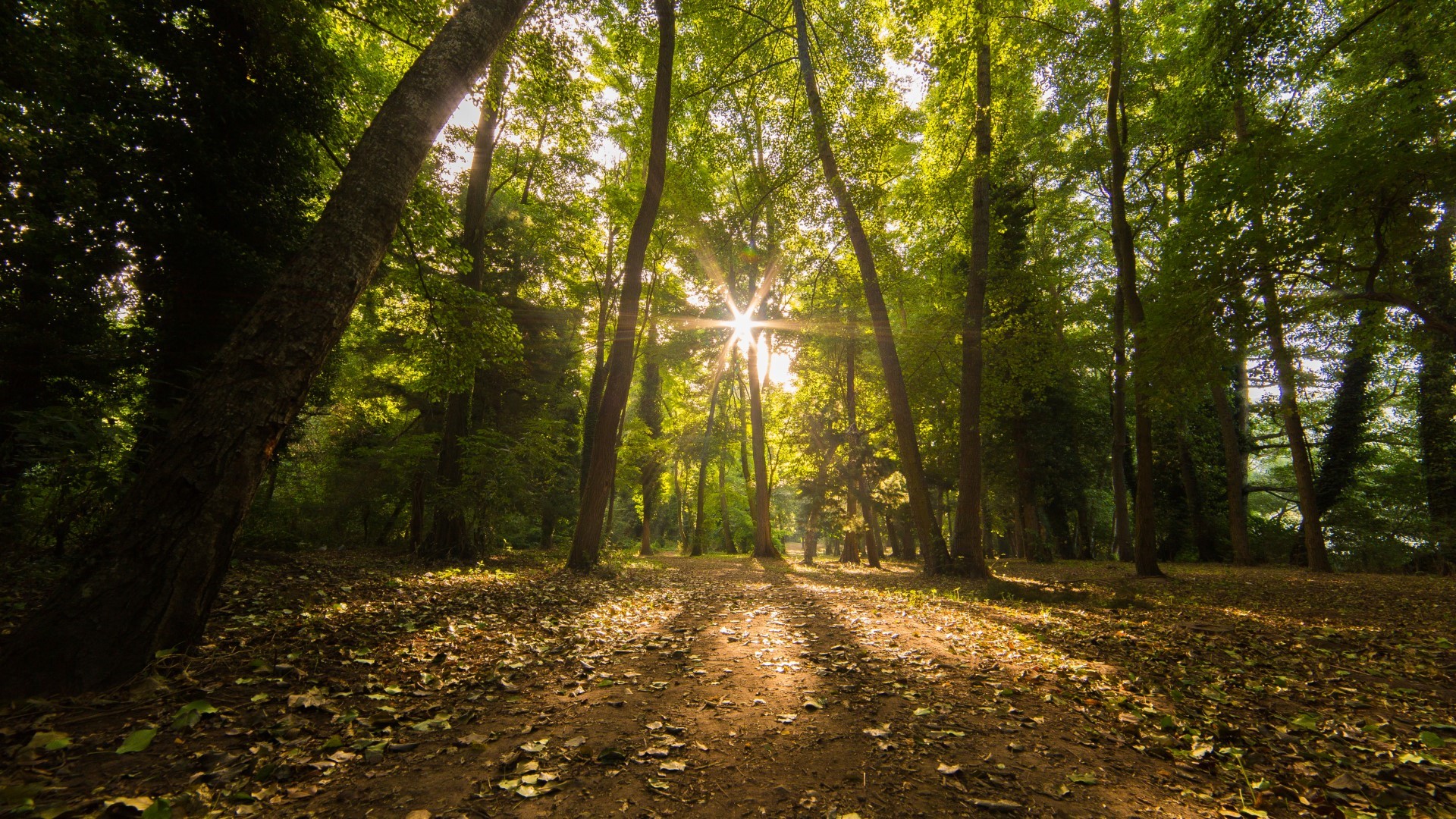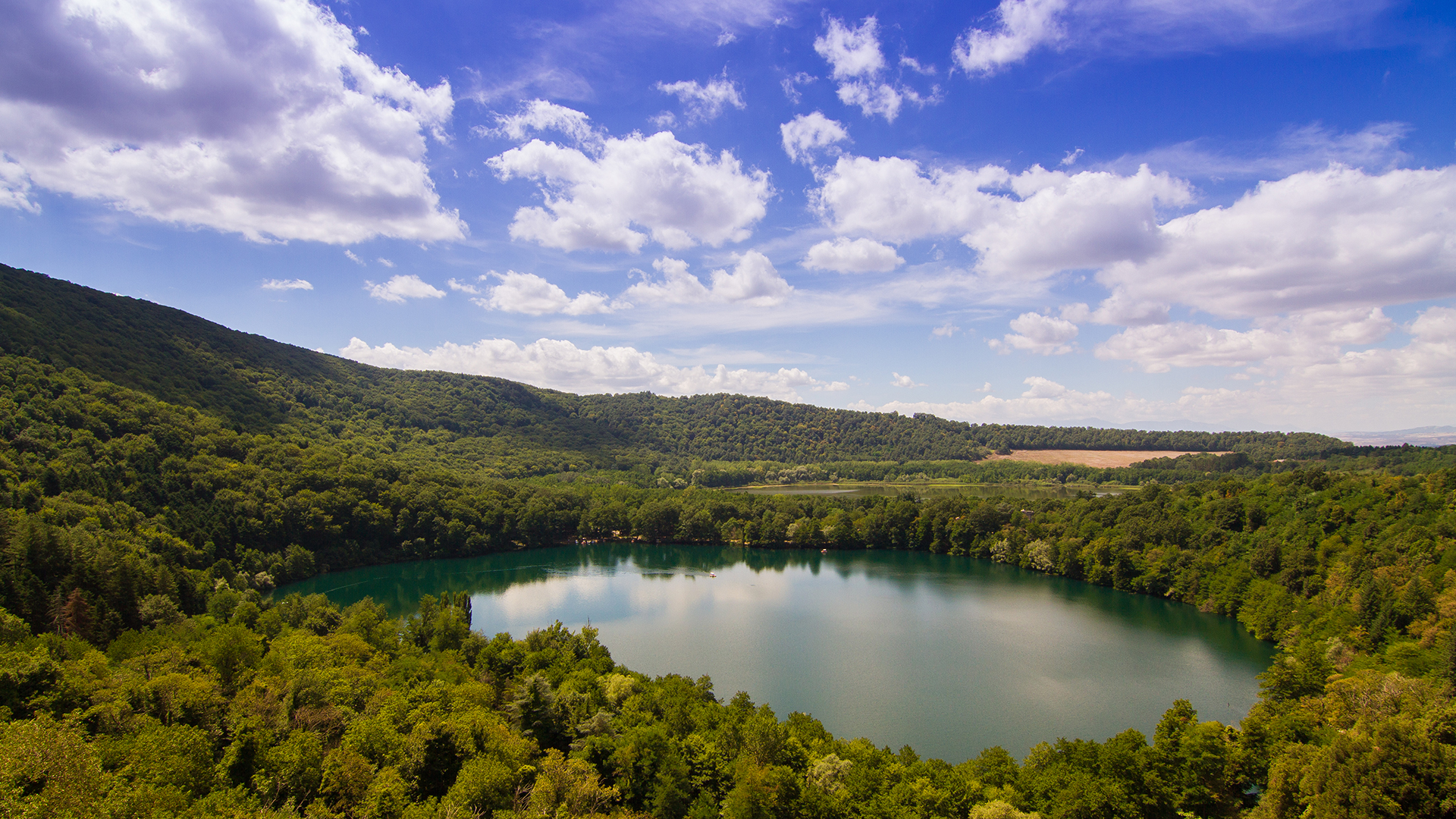Originally, Vulture was a volcanoformed between 800,000 and 750,000 years ago:During these initial phases, the magma rose up through several hundred metres of sedimentary terrain, the last of which was of Pliocene marine origin, and produced enough thrust to lift the rocky substratum to an altitude of around 700 metres.
Its original shape was subsequently modified by the slow effect of tectonic and morphogenetic phenomena. As a result, the volcano's slopes were carved into wide valleys and deep gorges, while debris carried by the streams filled wide valley depressions. UA rich emergence of CO2 is a current sign of endogenous phenomena. It affects both the volcano and the surrounding areas, and is an important moderator of the ecosystem, which is already affected by the abundance of volcanic trace elements such as phosphorus and potassium.
The Vulture volcanic complex is unique among Italian quaternary volcanoes: it is located on the Apulian side of the Apennine chain, while almost all of the other volcanic complexes are located on the Tyrrhenian side.












